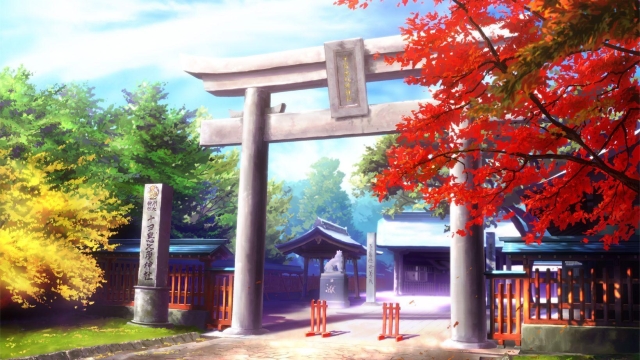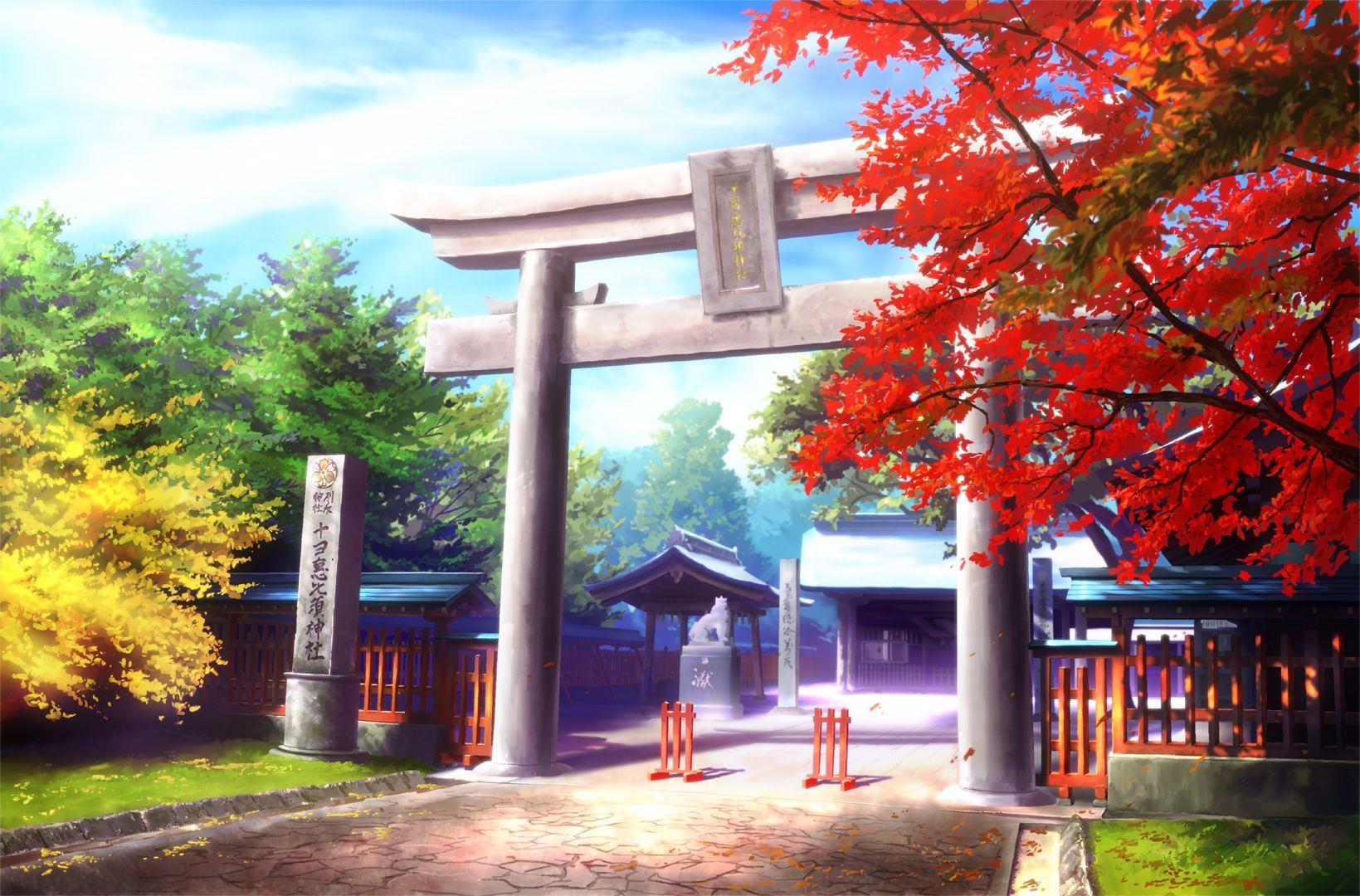
Whispers of the Kami: Exploring Japan’s Enigmatic Shinto Shrines

Nestled amidst verdant forests and serene landscapes, the shinto shrines in Japan hold a timeless allure that draws visitors from all over the world. These sacred spaces, dedicated to kami—spirits that inhabit the natural world—offer a glimpse into a rich tapestry of belief, tradition, and harmony with nature. As one wanders through the torii gates that mark the entrance to these shrines, it is as though stepping into a realm where the whispers of the kami resonate through the rustling leaves and flowing streams.
Each shinto shrine tells its own story, reflecting the local culture and history while embodying the spiritual essence that many believe connects them to the divine. From the majestic Fushimi Inari Taisha in Kyoto, renowned for its thousands of vibrant torii gates, to the tranquil island shrine of Itsukushima, every site provides a unique experience steeped in ritual and reverence. Exploring these shrines offers not only a chance to appreciate their architectural beauty but also an opportunity to connect with an ancient belief system that continues to inspire awe and respect in the heart of modern Japan.
Historical Significance of Shinto Shrines
Shinto shrines in Japan hold profound historical significance that dates back to the dawn of Japanese civilization. Originating in ancient times, these shrines served as places of worship for kami, the spiritual beings revered in Shinto belief. The earliest shrines, often simple and natural structures, were locations where people sought to connect with the divine forces of nature. This deep-rooted spiritual connection helped shape the cultural and religious landscape of Japan, emphasizing the importance of harmony between humans and nature.
Over the centuries, the architectural styles and societal roles of shinto shrines evolved, reflecting the changing dynamics of Japanese society. Significant shrines, such as Ise Jingu and Fushimi Inari Taisha, were established, each embodying unique historical narratives and local traditions. These centers of worship not only provided spiritual guidance but also served as community hubs where people gathered to celebrate festivals, conduct rituals, and mark life events, reinforcing social cohesion and regional identity.
The preservation and veneration of shinto shrines have played a crucial role in Japanese history, especially during periods of political change and social upheaval. Shrines often became symbols of cultural resilience, with their continued existence resonating deeply with national identity. Today, shinto shrines are not only places of worship but also vital custodians of Japan’s rich history, enshrining centuries of myths, legends, and traditions that continue to resonate with people in contemporary society.
Architectural Features and Styles
Shinto shrines in Japan are characterized by a variety of architectural styles that reflect the region and era in which they were built. Generally, these structures exhibit a harmonious relationship with their natural surroundings, emphasizing the Shinto belief in kami as spirits residing in the elements of nature. The use of natural materials, such as wood, is prevalent to maintain this connection. The traditional architectural style is known as "Shinto architecture," which features simple yet elegant lines, raised floors, and thatched roofs, allowing them to blend seamlessly into their environments.
One of the most iconic styles seen in Shinto shrines is the nagare-zukuri style, which is characterized by its curved roof that gracefully slopes downwards. This design not only enhances the aesthetic appeal but also serves a practical purpose by protecting the buildings from heavy rainfall. Other notable styles include the kasuga-zukuri and the taisha-zukuri, each with unique roof structures and layouts that reflect specific traditions and regional influences. The ornate details found in some shrines, particularly in the use of intricate wood carvings and vibrant colors, signify the rich cultural heritage of the area.
The torii gate is another significant architectural feature of Shinto shrines, marking the transition from the secular to the sacred. These gates, often painted bright red or left in natural wood, serve as a symbolic entrance to the world of the kami. Each style of torii, ranging from the simple to the elaborately designed, can tell a story about the shrine’s history and significance. Overall, the architectural features and styles of Shinto shrines in Japan not only reflect aesthetic choices but also embody spiritual meanings that connect the physical realm with the divine.
Cultural Practices and Festivals
Shinto shrines in Japan are not just places of worship; they are vibrant centers of cultural practices and community life. Throughout the year, these shrines host various festivals known as "matsuri," which reflect the cyclical nature of the seasons and the agrarian roots of Shinto beliefs. During these festivals, locals gather to celebrate with food stalls, traditional performances, and processions that often feature ornate floats and costumes. These events foster a sense of community and continuity, reinforcing the connection between people and the kami, or spirits, honored at the shrines.
One of the most famous matsuri is the Gion Matsuri in Kyoto, celebrated in July. This festival is known for its stunning parade of floats called "yama" and "hoko," intricately decorated and pulled through the streets. It combines religious observance with cultural display, showcasing the artistic talents of the community. Such festivals not only elevate the spiritual atmosphere but also serve as a means for locals to express their identity and pride in their heritage.
神社 有名
In addition to seasonal festivals, many shinto shrines offer rituals for important life events. Birth, marriage, and coming-of-age ceremonies often take place at these sacred sites. Families visit shrines to partake in rituals that seek blessings and protection from the kami, creating a personal connection to the spiritual world. This intertwining of life events with the traditions upheld in shinto shrines illustrates the enduring significance of these spaces in the daily lives of the Japanese people.
The Spiritual Role of Kami
At the heart of Shinto belief lies the concept of kami, which encompasses a broad range of spiritual beings and energies. Kami can be natural elements such as mountains, rivers, and trees, as well as ancestors and significant historical figures. This diverse group of spirits reflects the ancient Japanese worldview where every aspect of nature is imbued with sacredness. As inhabitants of the world, kami serve as mediators between the divine and the human realm, representing the interconnectedness of life and nature.
The reverence for kami is vividly expressed at Shinto shrines throughout Japan, where rituals and offerings are made to honor these spirits. Each shrine typically enshrines one or more kami, providing a sacred space for worshippers to connect with the divine. Visitors seek blessings, guidance, and protection from the kami, participating in seasonal festivals and ceremonies that celebrate the changing cycles of nature. The vibrant festivals, or matsuri, highlight the deep cultural significance of kami in community life and foster a sense of belonging among the people.
Kami’s spiritual role is not merely confined to sacred spaces; it extends into the everyday lives of the Japanese people. The belief in kami encourages appreciation and respect for nature, health, and prosperity, leading individuals to seek harmony in their surroundings. This intrinsic connection with kami fosters a spiritual practice that is both personal and communal, allowing people to engage meaningfully with their heritage. Through the veneration of kami, Shinto shrines remain pivotal in nurturing cultural identity and spiritual continuity in Japan.



